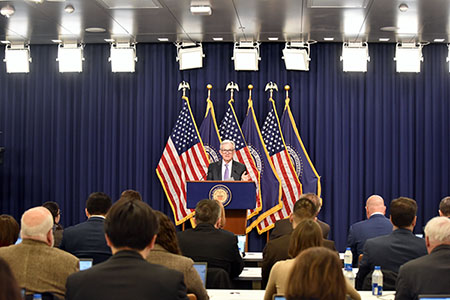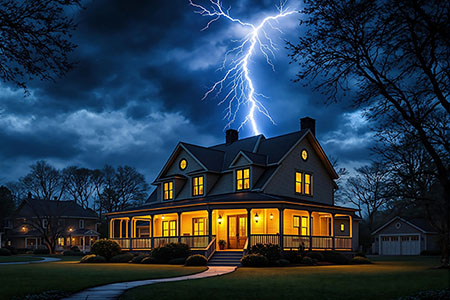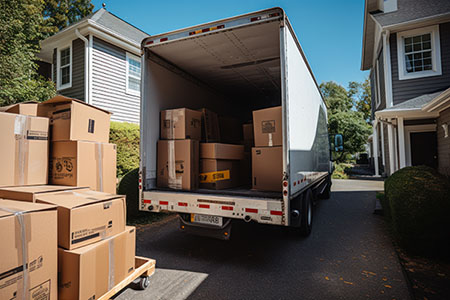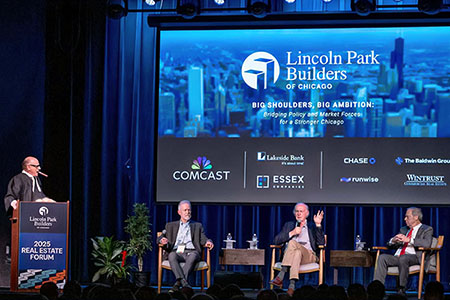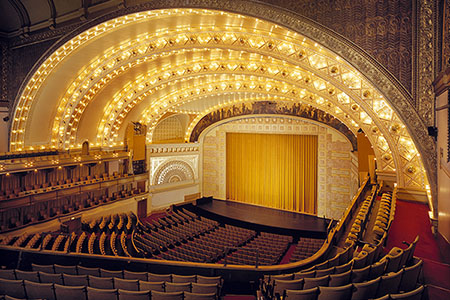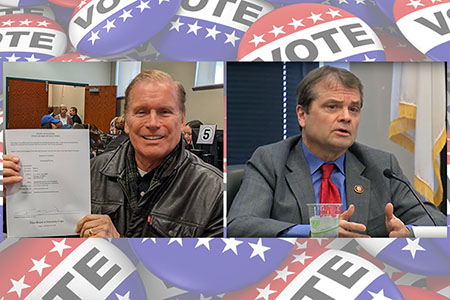
Dec. 18, 2017 – Potential home buyers and families who have not yet refinanced their old, high-rate mortgages should forget about tax reform and hustle down to their local lender – now. That narrow window to lock in a bargain-rate below-four-percent home loan this year is closing, experts say. Benchmark 30-year fixed-rate mortgages nationwide declined slightly to an average of 3.93 percent on December 14 from 3.94 percent a week earlier, reported Freddie Mac’s Primary Mortgage Market Survey. A year ago, 30-year fixed loans averaged 4.16 percent. Average 15-year fixed loans held steady at 3.36 percent. A year ago, 15-year fixed mortgages averaged 3.37 percent. On December 13, the Federal Reserve Board’s Open Markets Committee raised interest rates by 25 basis points, moving the target range for the federal funds rate from 1.25 percent to 1.5 percent. It is the third time the Fed has raised the federal funds rate this year, a trend that is expected to continue in 2018.
On December 15, RateSeeker.com reported that 30-year fixed home loans were generally available in the range of 3.756 percent to 3.983 percent in the Chicago area. Mortgage rates have been in a holding pattern for most of the fourth quarter of 2017, remaining within a 10 basis-point range since October, but now economists are predicting that rates will move higher in 2018, Kiefer said.
If the rate bumps continue, three years from now the Fed’s target for short-term rates will reach 3.1 percent, which is slightly above its estimate of a long-term neutral rate of 2.8 percent. Because 30-year fixed-rate mortgages are pegged to 10-year United States Treasury bond interest rates, they are only indirectly affected when the Fed increases its short-term federal funds rates, analysts said. But the Fed’s moves do have a psychological effect on the mortgage market. For example, at the end of 2016, following the election of President Donald Trump and a quarter-point Federal Reserve Board interest rate hike, benchmark 30-year loans spiked to 4.3 percent. Mortgage rates hit a historical rock bottom on November 21, 2012, when the benchmark 30-year fixed mortgage average fell to 3.31 percent, while 15-year fixed loans edged downward to 2.63 percent, according to Freddie Mac. ARM not handy now With interest rates likely to rise in 2018, holding on to an adjustable-rate mortgage is not a good idea. Homeowners who financed their home or condominium purchase with an ARM especially should be shopping now to refinance into the haven of a fixed-rate loan, experts advise. Rates on one-year adjustable-rate mortgages are modified annually based on short-term interest rates. So, if a homeowner’s ARM rate currently is 4.75 percent, the four quarter-point Fed hikes forecast in 2018 likely would push the loan rate to 5.75 percent when it adjusts in 2019, possibly boosting the typical jumbo mortgage payment by hundreds of dollars. A year ago – with interest rates rising at the end of 2016 – homeowners seized the opportunity to refinance their mortgages and many locked in fixed-rate loans. Some 883,836 refinanced loans totaling $246 billion were originated in the fourth quarter of 2016, reported ATTOM Data Solutions’ U.S. Residential Property Loan Origination Report. That’s a 20 percent increase in loans and a 27 percent hike in dollar volume from the previous year. More than 3.3 million refinances and over 2.7 million home purchases were originated in all of 2016, according to the report. Some economists have predicted that 30-year home loan rates could rise as high as 4.75 percent by the end of 2018. However, if inflation heats up, 30-year fixed-rate loans could hit or surpass 5 percent in 2019, some analysts say.
|






